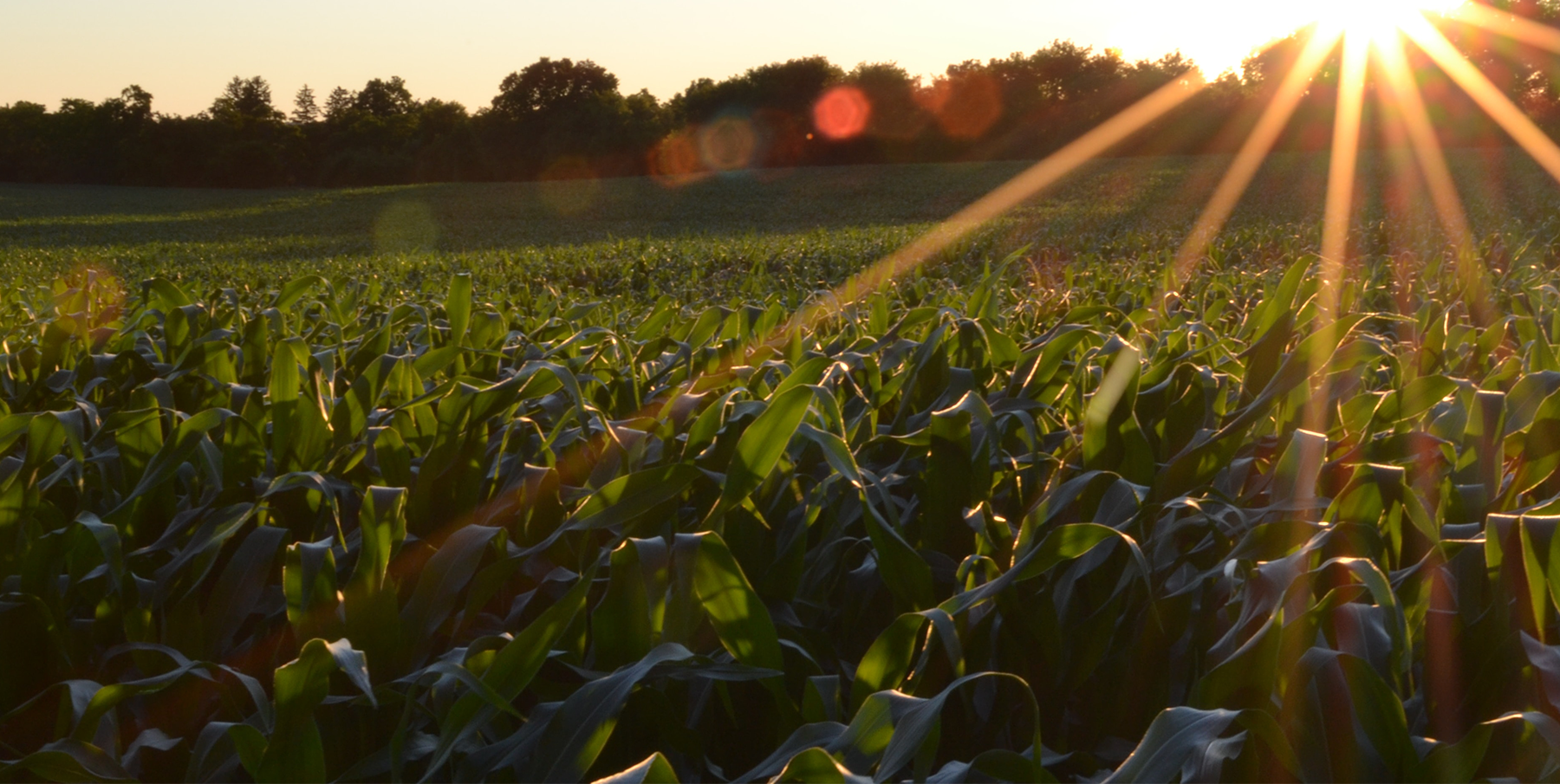
The newly-released 2025 Global Report on Food Crises (GRFC) brought into sharp focus a sobering truth: hunger is deepening across the globe, and Southern Africa is among the regions most affected. For the sixth consecutive year, the number of people experiencing acute food insecurity has risen, reaching 295 million worldwide. Of these, more than 96 million were driven into crisis in 2024 by a combination of extreme weather, conflict, and economic instability.
A region under pressure
In 2024, the powerful El Niño event delivered devastating impacts across the Southern African region. Prolonged droughts and erratic rains struck with unrelenting force, damaging crops, depleting water sources, and triggering national food emergencies. The numbers from the Global Report on Food Crises are stark:
- Zimbabwe saw around 5 million people - 32% of its population - facing crisis levels of food insecurity as maize production dropped by over 50%.
- In Zambia, nearly 5.8 million people (29%) were affected by drought-induced crop failures and rising food prices.
- Malawi reported 5.7 million people in need (27%), following a season marked by both floods and dry spells that slashed maize output by 23%.
- Namibia, grappling with the worst drought in decades, had nearly half of its population (48%) facing acute food insecurity.
- Countries like Lesotho and Eswatini also declared food emergencies, while Mozambique continued to experience a combination of climate stress and conflict-driven food insecurity.
These figures represent not just a humanitarian emergency, but a systemic failure. More than 27 million people across Southern Africa are now in IPC Phase 3 or worse - an increase of over 25% compared to the El Niño-driven crisis of 2016–17, when global attention last turned seriously to food systems resilience in Southern Africa. It is worth noting that, IPC Phase refers to a classification system developed by the Integrated Food Security Phase Classification (IPC) to describe the severity of food insecurity in a standardized and globally comparable way. It is widely used by governments, UN agencies, NGOs, and other stakeholders to guide humanitarian and development responses. When people are said to be in IPC Phase 3 or above, it means they are facing acute food insecurity, requiring urgent action to protect livelihoods and save lives.
Why the crisis is deepening
The worsening numbers are the result of a dangerous convergence of factors. Climate variability is outpacing the capacity of smallholder farmers to adapt. Rainfed agriculture, upon which much of the region depends,has become increasingly risky as droughts intensify and rainfall patterns grow more erratic.
Economic pressures compound the problem. Inflation, currency depreciation, and the rising cost of agricultural inputs have made it harder for farmers to recover, invest in their next season, or access markets. In Zimbabwe, for example, staple food prices rose by over 70% in early 2024, pushing even middle-income households closer to the edge.
And in conflict - affected areas such as northern Mozambique and eastern DRC, insecurity has made it impossible for communities to sustain agricultural livelihoods or access food aid.
Rethinking Resilience: A Regional Lens
The Global Report on Food Crises makes one point unmistakable: resilience must be systems-wide and locally led. In Southern Africa, that imperative finds tangible expression in the Food Systems Resilience Program (FSRP), coordinated regionally by the Centre for Coordination of Agricultural Research and Development for Southern Africa (CCARDESA).
FSRP’s objective is straightforward yet transformative:
Help countries shift from reacting to food crises to preventing them - by investing in research, innovation and policies that enable food systems to withstand future shocks.
What does that look like on the ground?
- Climate-smart research and innovation – Developing and disseminating drought-tolerant, early-maturing crop varieties and water-efficient practices.
- Digital agro-climate advisory services – Delivering real-time weather, market and agronomic information to millions of farmers, so they can time planting and marketing decisions with confidence.
- Regional policy coordination – Harmonising grain standards, smoothing cross-border trade and linking early-warning data to rapid-response financing, because hunger does not recognise national borders.
By weaving these threads together, FSRP is expected to position Southern Africa to move from piecemeal relief to proactive risk management.
The road ahead
When the first Global Report on Food Crises was published in 2016, the hope was that each subsequent edition would chart a decline in hunger. Instead, the numbers have climbed. Southern Africa cannot afford another decade of reactive crisis management.
Priorities are clear:
- Scale climate-smart technologies faster than climate extremes evolve.
- Stabilise rural economies with affordable credit, inputs and market access.
- Deepen regional cooperation so surplus harvests in one country can swiftly offset deficits in another.
FSRP - anchored by CCARDESA’s regional leadership - offers one of the most promising vehicles for that transformation. By matching science with policy change and farmer-centred innovation, the program can help turn today’s alarming trend line into tomorrow’s resilience story.






